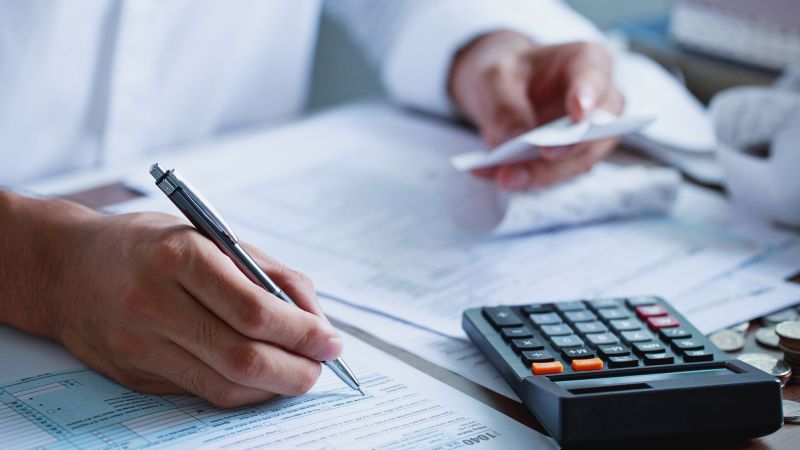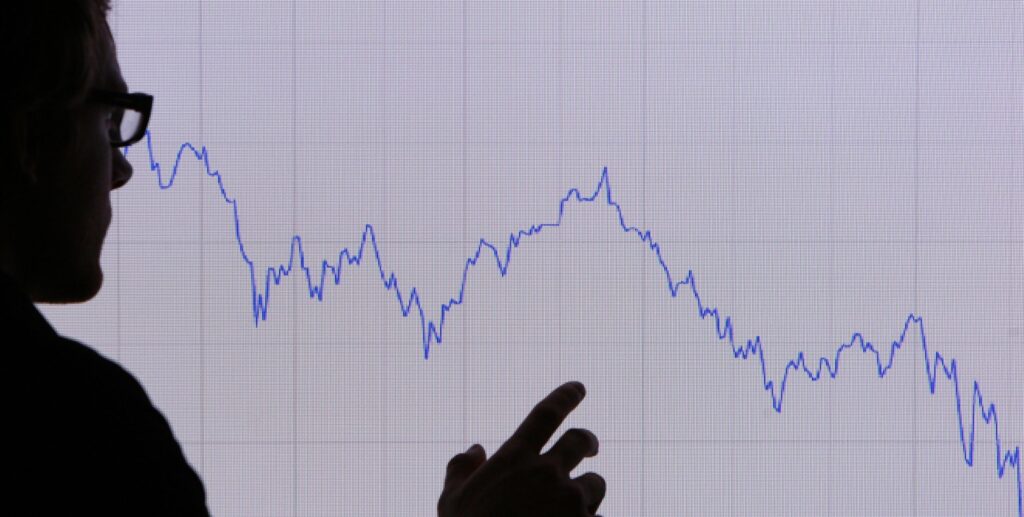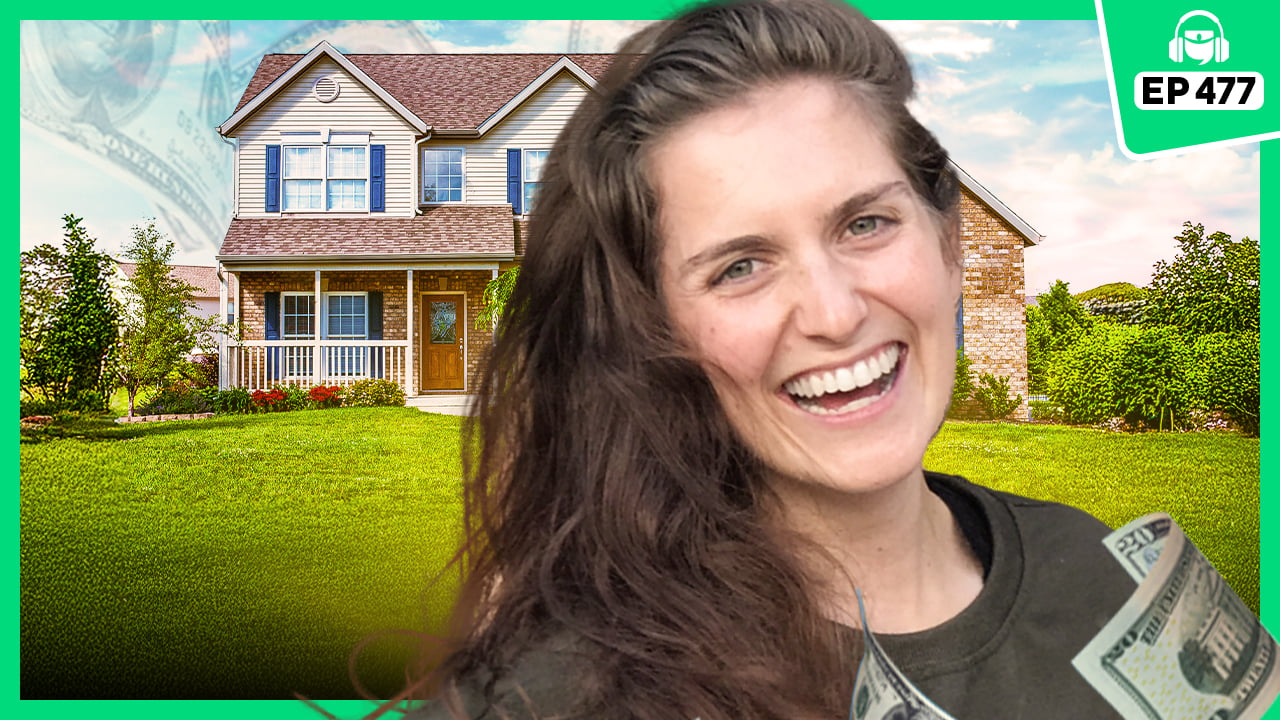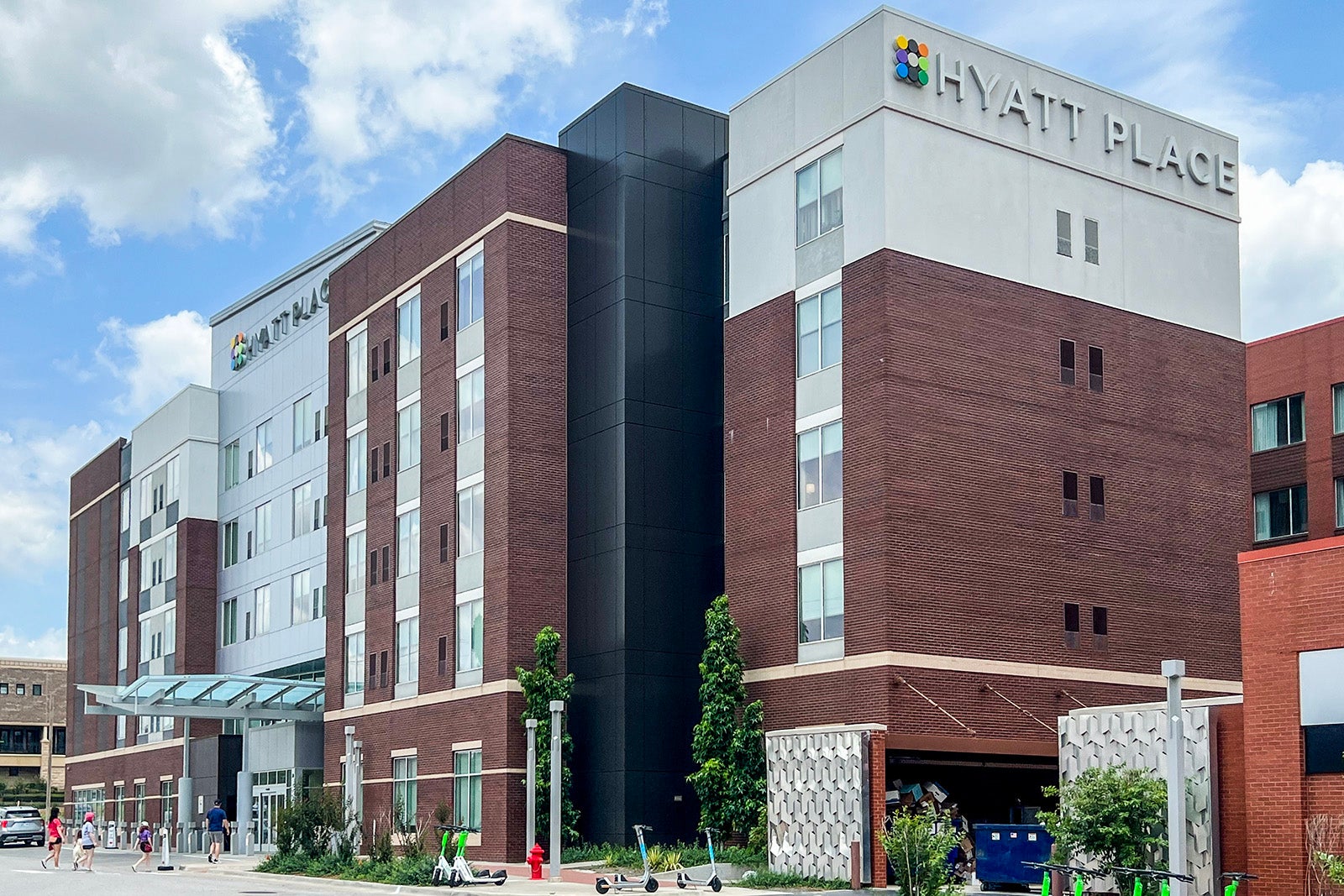The possibility of a recession has been mulled over ad nauseam by seemingly every economist and finance expert over the past couple of years. Hard landing, soft landing—how about a no-landing?
It looks like there is a real possibility this could be in store for the economy in the immediate future. What would this third scenario mean for real estate investors, and should we worry about it?
The Shifting Economic Narrative
Pessimism dominated predictions up until the latter half of 2023 when it became obvious that the U.S. economy was more resilient post-pandemic than it had seemed. The narrative from then onwards—and up to as recently as last week—was that a “soft landing” awaited the economy at some point in 2024.
The reality is that 2024 is drawing to a close, and the outcome is that there isn’t a clear outcome.
Yes, disaster appears to have been averted, and a deep recession is nowhere on the horizon: The economy is still growing, albeit slowly, and there is no mass unemployment. And yet inflation, although well below the 3.2% rate of a year ago, is still above the Federal Reserve’s target rate of under 2%. As of September 2024, inflation was at 2.4%.
Now, the experts have begun discussing the possibility of a no-landing economy, where the economy continues to grow and inflation remains elevated despite contractionary measures. Beth Ann Bovino, chief economist at U.S. Bank, told CNBC in early October that given the strong labor market and a slowing pace of price increases, combined with declining interest rates, either a soft landing or a no-landing scenario was possible. A no-landing scenario would result in “even stronger economic data for 2025 than we currently expect.”
Why a No-Landing Scenario Could Be a Problem
So what’s the problem? Why would a no-landing scenario be a concern if it basically means that all is well with the economy, albeit with elevated inflation? Several media outlets have hailed the no-landing scenario as potentially beneficial for traditional investors since stocks would perform well in this situation.
It’s true that in the short term, a no-landing scenario wouldn’t have a dramatic impact on anything. It would be slightly annoying for homebuyers and investors since interest rates would remain elevated, with any further cuts from the Fed administered at a much slower rate than everyone in the housing sector would like.
But there’s more to it than that. If no-landing conditions persist into 2025, they could be symptomatic of bigger problems and potentially unusual outcomes for the economy. A “no-landing economy,” as the name suggests, is an economy in limbo, hovering above a range of potential outcomes. It is not, in itself, a long-term prognosis but a precursor.
And the reason why economists have started talking about the potential for a no-landing economy is that while everything is well with the U.S. economy on paper, the reality is not that great. While the economy is plodding along and has avoided a recession, it may be only a few steps away from a slump of a kind not seen since the 1970s.
From No-Landing to Stagflation?
Look at the labor market statistics: The unemployment rate in September was 4.1%—not bad, and not nearly as high as the alarming rates we saw during the pandemic. And yet, if we dig a little deeper, we’ll see a shrinking labor market where companies aren’t laying off workers en masse, but they’re also not making new hires.
We know this partly because while new unemployment applications dipped last week, the number of continuous jobless claims was the highest since mid-November 2021. This means it is harder for people to find a new job if they leave their current one.
It is highly likely that when the Fed meets next week, it will “shrug off” these figures, as Reuters puts it, putting the unemployment stats down to the September hurricanes. This means that it’s unlikely another substantial rate cut is coming. After all, inflation isn’t down to target levels yet.
If the Fed is wrong about where the labor market is heading, we may find ourselves in a rare—and highly unpleasant—economic scenario known as “stagflation.” In this scenario, inflation will remain elevated while unemployment will continue increasing. The result is suffering consumers and investors.
Essentially, you’re getting the worst of both worlds: reduced spending power and rising prices, with no end in sight. And at that point, traditional measures like rate cuts no longer seem to work.
Is this scenario too far-fetched to entertain? J.P. Morgan CEO Jamie Dimon has warned of the possibility of stagflation, most recently at the American Bankers Association Annual Convention this month.
Dimon pointed to macroeconomic factors that will shape the economy, namely the highest peacetime deficit the U.S. has ever had, “the remilitarization of the world,” and even the transition to “the green economy.” These are all inflationary factors, as he defines them, and they may keep inflation elevated for several years to come.
Some economic experts even think that we are already there, in a way. Former Fed chairman Ben Bernanke told the New York Times back in 2022 that the economy already met the conditions for stagflation: “[I]nflation’s still too high, but coming down. So, there should be a period in the next year or two where growth is low, unemployment is at least up a little bit, and inflation is still high. So, you could call that stagflation.”
With GDP growth projected to slow down to 1.6% next year, and with the very real possibility of inflation that continues to uptick while the labor market continues to cool, the rare “stagflation” scenario may well be where the economy eventually lands—if it hasn’t already.
What Would These Conditions Mean for Investors?
If a no-landing economy did morph into a stagflation economy, investors would be in for a trying time. The housing market typically responds to a stagflation environment with a downturn. As purchasing power lowers, so does demand, which in turn reduces home prices. It also dampens new construction as building costs rise while ROIs go down.
Eventually, a housing market downturn would stifle the supply that has just begun to recover, which would artificially push up house prices on existing homes. So we could end up in another Ice Age, where housing is unaffordable and supply and activity are low.
However, bear in mind that it’s all relative, and economists cannot predict the precise calibration of all the factors affecting different segments of the economy. If, as Ben Bernanke believes, we’re already in a stagflation-like economy, it has failed to impact the housing market. On the contrary, the real estate sector appears to be recovering, with inventory, sales, and new construction all growing.
It’s not that investors shouldn’t heed warnings about the possibility of a “no-landing” economy or even a stagflationary economy in the longer run. It is only sensible to keep an eye on key economic metrics like employment figures and inflation rates and to diversify wherever possible.
However, it’s also important to keep these figures in perspective. We likely would need to experience a pretty dramatic event—another massive inflationary spike and a rate hike from the Fed or an unexpected and catastrophic labor market downturn—for the housing market to really budge. The aftereffects of the pandemic, when people couldn’t move or buy a house even if they wanted to, will continue influencing people’s behavior for a good while longer. Given the uniqueness of the post-pandemic era, it will take a lot more to dampen demand for housing than even technically living in a stagflation economy.
Ready to succeed in real estate investing? Create a free BiggerPockets account to learn about investment strategies; ask questions and get answers from our community of +2 million members; connect with investor-friendly agents; and so much more.
Note By BiggerPockets: These are opinions written by the author and do not necessarily represent the opinions of BiggerPockets.






















Discussion about this post